Emma Howard interviews Mark Stocker
about his forthcoming book, When Britain
Went Decimal: The Coinage of 1971,
co-published by Spink Books and the Royal Mint.
EH: Tell the readers of Insider how this book came about, Mark.
MS: I was head-hunted, very publicly, by the Royal Mint. On a visit to London in October 2018 I delivered a paper to the Royal Numismatic Society on the highly fraught politics behind the 1967 New Zealand decimal coinage designs, based on recently discovered material, which I later published as a lengthy article in the British Numismatic Journal. Graham Dyer, ‘the gentleman of the Mint’, made some appreciative comments about my paper and then said he hoped I would write a book for them on the UK equivalent, for publication 50 years after Britain went decimal. Initially, I really wasn’t too sure whether I could, but following a restructure at New Zealand’s national museum when senior management decided that historical international art was no longer a priority, I was made redundant as a curator in mid-2019. So the Mint’s offer became a lifeline for me.
EH: How did you manage to write the book in the year of Covid? And in New Zealand?
MS: Well, within a month of leaving my job, I went on a four-month trip to Britain during which I busily collated and photographed archival material at the National Archives and paid three visits to the Mint, going through its equivalent papers. I also interviewed three remarkable – and highly articulate – survivors of the decimalisation period, Jean Ironside, Robin Porteous and John Rimington. The Mint very helpfully scanned literally hundreds of pages of material I had identified as relevant. By February 2020 I had just about everything I needed to read – and then wrote it up during the height of the lockdown in my family’s holiday home near Nelson. It took me just over 3 months, close on 1000 words a day. Not everyone can say this, but I thoroughly enjoyed my lockdown.
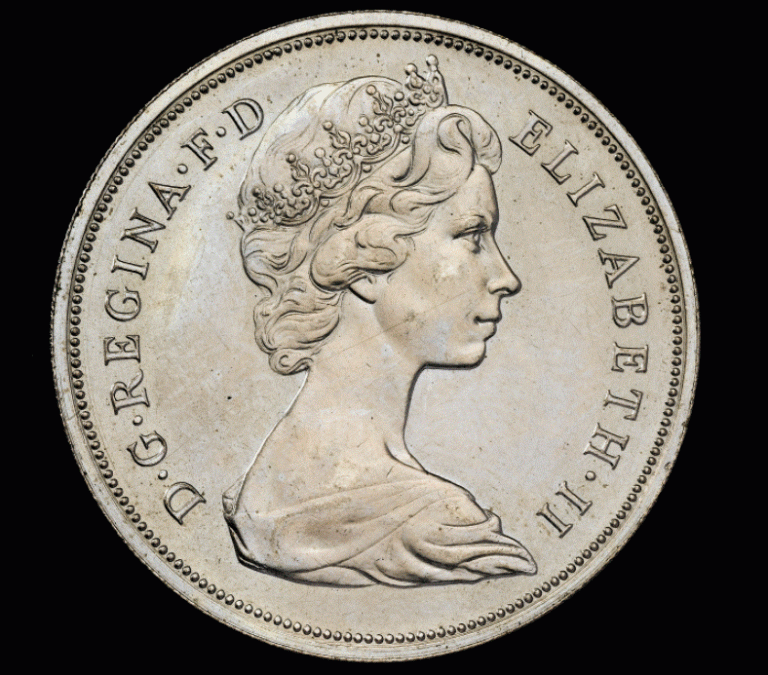
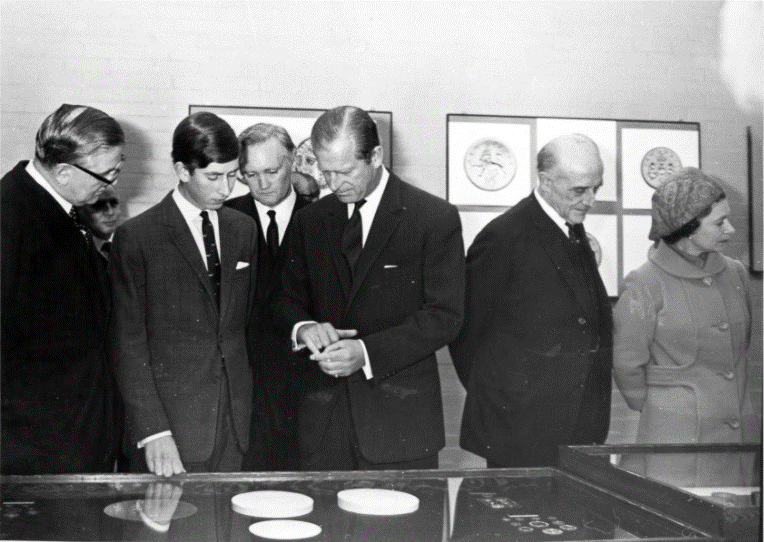
EH: What were some of the highlights and surprises of your research?
MS: Nothing hugely dramatic but plenty of interesting revelations. John Rimington revealed to me that as a young civil servant, he had actually authored the epoch-making Halsbury Report which really committed Britain to decimalisation. At the Royal Mint end, I formed a great regard for the Duke of Edinburgh, with his focussed, intelligent and good-humoured presidency of the Advisory Committee on the designs of the coins. And in the wider political world, looking at the debates on decimal currency, it was an eye-opener to find leading Conservatives like Selwyn Lloyd and Iain Macleod being very progressive on decimalisation. There were no equivalents of Jacob Rees-Mogg denouncing it as a craven surrender to the European Economic Community. Refreshing, really!
EH: But didn’t the key progress towards decimalisation happen under a Labour government?
MS: Both Labour and Conservative governments were committed to it, but it’s interesting that Harold Wilson and Jim Callaghan took a small ‘c’ conservative line in their insistence on the pound being retained as the unit of currency, rather than the ten-shilling or dollar unit that worked so well for Australia and New Zealand, and which Macleod favoured.
EH: Why did Britain decimalise so late in the day?
MS: If it ain’t broke, don’t fix it – in more elegant verbiage – was the mindset of many Victorians. Which decimal currency unit to adopt – either based on the penny or the pound – was another stumbling block. But post World War Two, Britain’s splendid isolation looked increasingly absurd, and the ‘power of ten’ finally won the day.
EH: Who were the heroes of decimalisation?
MS: Several. Prince Philip, whom I’ve mentioned and who’s the subject of an article I’ve written for Majesty (published in February). Then there was Jack James, later Sir Jack, who combined entrepreneurial dynamism with silk smooth diplomacy to make the Royal Mint the undisputed world leaders in making coinage. History has seriously underrated him. And we shouldn’t forget the designers themselves, Arnold Machin and Christopher Ironside.
EH: The obverse effigy of the Queen from the first decimals in 1968 to the mid-1980s is seriously beautiful, don’t you think?
MS: It’s a cliché, but I’d call it iconic. The subtly turned shoulder; the terrific engraving; and the ability to convey the still youthful radiance and that great Māori word mana – meaning a kind of mystical prestige – of the most famous woman in the world: the outcome is a triumph on Arnold Machin’s part. People often think first of the definitive stamps of the Queen, simply called ‘Machins’, which feature in The Crown. But it was the coin design that provided the basis for the related but really quite different stamp effigy.

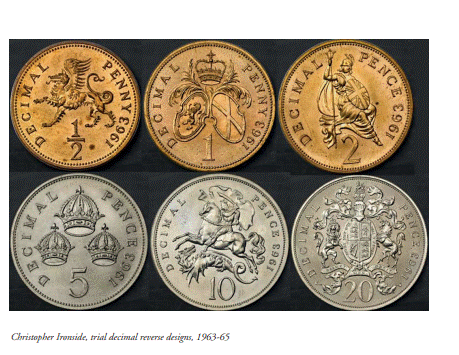
EH: I’m not so sold on the reverses, Mark.
MS: Here I would defend Christopher Ironside. A fine designer and a very likeable man who behind a frivolous, almost camp façade concealed a – pardon the word-play – steely commitment and a serious work ethic. His designs stood out from the outset but they were subjected to constant criticism by that committee of the great and good over which Prince Philip and Jack James presided. There had to be consistency between the designs, and once you had made the changes in one design required by the committee, you hit problems with the value figure, which had to be uniform with all the rest. A chain reaction that understandably drove poor Ironside spare. Compressing his rather lovely St George and the Dragon design onto a 10 pence coin also proved impossible. It couldn’t go on the largest coin, the 50 pence, because everyone liked his Royal Arms design instead. But then, when all the designs up to 10 pence were announced, Britannia had disappeared! There was an outcry and the Royal Arms had to yield to Britannia – you get the picture.
EH: And your book reveals that the politicians hardly helped.
MS: One particular Labour minister – not Callaghan – effectively scuppered Ironside’s initial, perfectly good designs and undermined the work of the Advisory Committee, making Prince Philip livid! The upshot was a public competition, which stipulated greater simplicity. Well, Ironside wasn’t put out, he took careful note and, lo and behold, he was chosen for the second time.
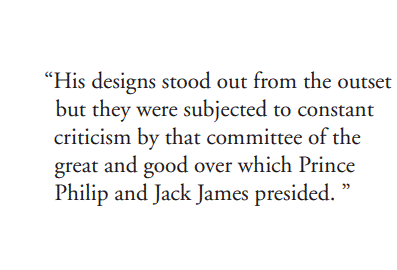
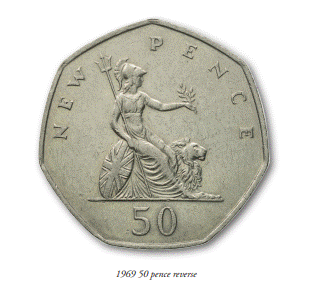

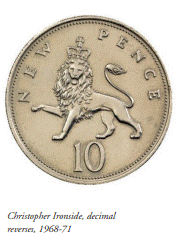
EH: A great story! How well were the coins received?
MS: Apart from one or two precious, modernist critics, everyone admired Machin’s obverse. And Ironside’s reverses really went down pretty well too – they are nicely compatible with the obverse, they are distinctive, they aren’t too obscure in their heraldry and I think three crucial ones, the cute 10 pence lion, the 5 pence Scottish thistle and especially the 2 pence Prince of Wales feathers, are all admirable designs.
EH: What about the heptagonal 50 pence,
was that popular when it was launched?
MS: No way! It wasn’t really the Britannia, people were perfectly happy with her, but the
unique, unprecedented shape had a ‘shock of the new’ element. Perversely, in contradiction to that, people were initially thrown by what they thought was its similarity with the 10 pence piece. The government, and the minister in charge, Dick Taverne, who’s in his nineties today, held firm and said ‘Get over it!’ in as many words. And within weeks really, people had. Longer term, the 50 pence became a much loved coin – an icon of sixties design, alongside the Mini, the mini-skirt, Doc Martens boots and Habitat furniture. It remains the default commemorative coin shape and denomination, over half a century on.
EH: How did the decimal changeover go?
MS: Boris Johnson, take note! It was handled superbly, co-ordinated every inch of the way by the genial, imperturbable Lord Fiske, a former Labour politician, who was chairman of the
Decimal Currency Board. Behind the scenes, the Board liaised with the banks and business
machine interests, and at the same time it was the public face of decimalisation. Lord Fiske
famously said that he hoped that the great changeover would be the ‘non-event’ of 1971
and, despite the wishes of the popular press who were desperately seeking disaster, history
handsomely vindicated him.
EH: Well, it may not be sensational, but there’s a huge amount of interest in your
book, and not just to numismatists.
MS: I hope so. I come from an art history background but I’ve been fascinated by the
world of coins and medals since my student days– let’s face it, they are art! I’m also interested in
politics and people. From time to time, I even mention myself in the book – I was a teenager
when Britain went decimal and it brought those times vividly back to me.
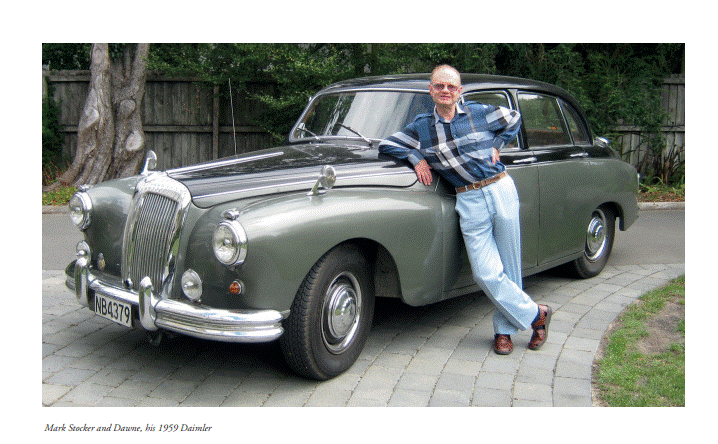
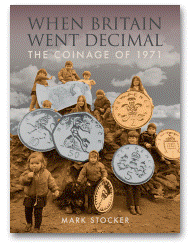
EH: What are you planning next?
MS: I’d love to do a book with the working title of A Coinage for Ireland. This will tell the story of Percy Metcalfe’s remarkable designs for the 1928 Irish Free State coins when he won an invited competition, beating some of the most famous sculptors in the world. William Butler Yeats chaired the design committee. It’s a fascinating moment in a Ireland’s history, and indeed in art history, so watch this space!
EH: Thank you, Mark, we will!

